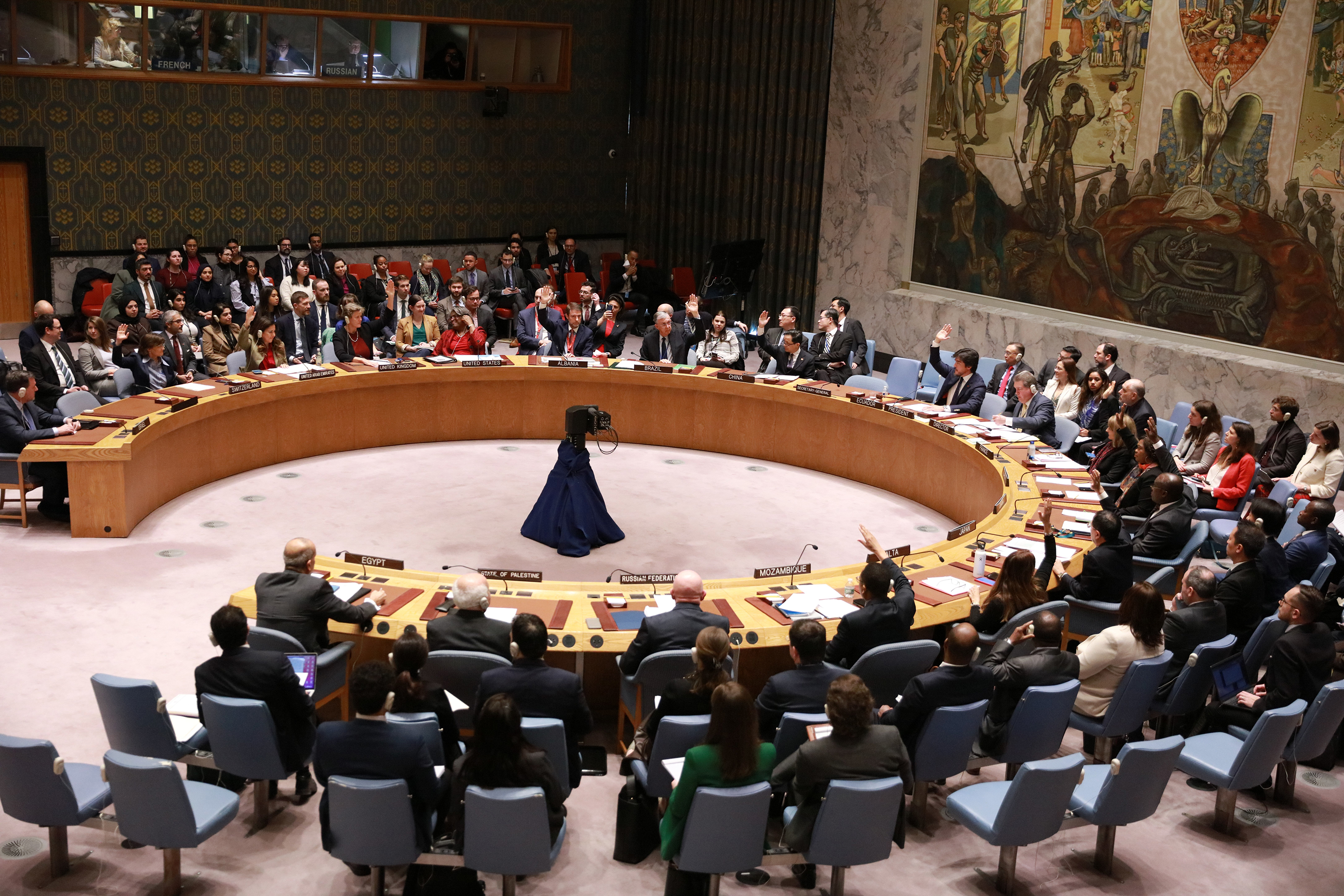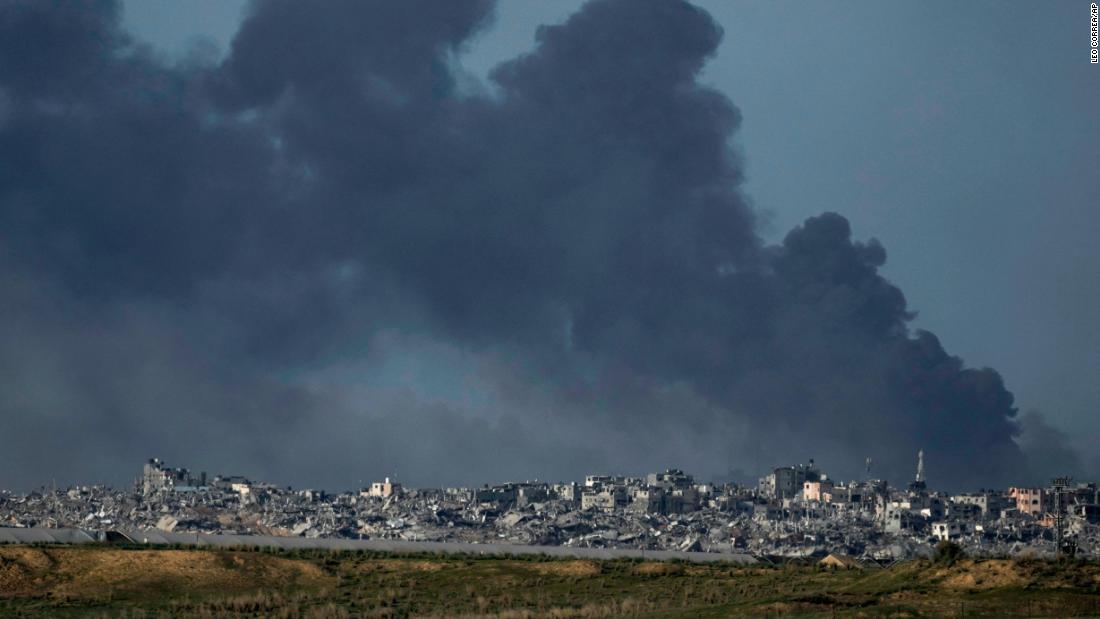
A resolution passed by the United Nations Security Council last week that called for increased aid to Gaza has “yet to have an impact,” World Health Organization Director-General Tedros Adhanom Ghebreyesus said Wednesday.
The UN resolution approved last Friday calls for humanitarian pauses between Israel and Hamas, increased aid to Gaza and the creation of conditions that will allow for a sustainable end to fighting, ending days of closed-door negotiations.
But it was yet to become reality in the war-torn strip, Tedros said.
“UN Security Council members must urgently turn their recent resolution — to create pauses in hostilities and humanitarian corridors — into reality in Gaza. Actions, not words, are what Gaza’s people need today,” Tedros said in a post on X, formerly Twitter.
“Day after day, the needs of Gaza’s war-ravaged people grow. Peril, ill-health, hunger, thirst, lack of shelter — these should not be the norm for millions of people. But sadly, they are.”
WHO warnings: Tedros’ remarks come after WHO teams carried out “high-risk” missions to deliver supplies to two hospitals in Gaza.
In the north, UN teams brought medical items and fuel to the Al-Shifa Hospital, where a reported 50,000 people are seeking shelter, to keep essential health services running at the hospital, WHO said.
Teams in the south visited Al-Amal hospital, where WHO staff said they found it impossible to walk inside “without stepping over patients and those seeking refuge.”
While transiting through Gaza, teams also witnessed “tens of thousands of people fleeing heavy strikes in the Khan Younis and Middle Area — on foot, riding on donkeys or in cars.”
WHO representative Rik Peeperkorn said the agency was concerned the new displacement of people would strain medical facilities in the south even further.
“This forced mass movement of people will also lead to more overcrowding, increased risk of infectious diseases and make it even harder to deliver humanitarian aid,” Peeperkorn said.
Tedros echoed his concerns.
“Today I repeat my call on the international community to take urgent steps to alleviate the grave peril facing the population of Gaza and jeopardizing the ability of humanitarian workers to help people with terrible injuries, acute hunger, and at severe risk of disease,” he said.
